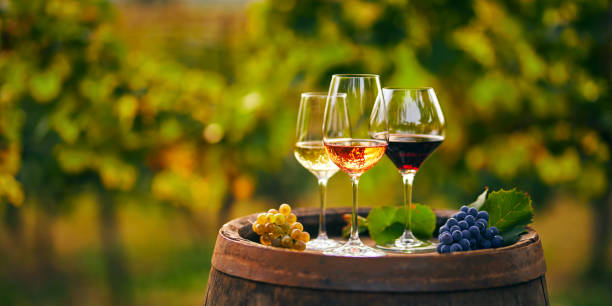Savouring the Complexity: The Art of Wine Pairing with Global Cuisines
Wine pairing has been a topic of discussion among connoisseurs for centuries. The art of blending the right wine with the food can elevate the dining experience to a whole new level. Let's dive into the fascinating world of wine pairing with foods from various global cuisines, and how the latest trends are reshaping the traditional norms.

A New Perspective on Wine Pairing
In traditional wine pairing, it’s about matching the food’s characteristics with the wine’s — a delicate dish with a delicate wine, a robust dish with a robust wine. However, contemporary wine pairing is breaking these rules. It encourages experimentation, celebrating the contrast, and embracing the unexpected.
Wine and the Spices of the Orient
Asian cuisines, known for their blend of spices and flavours, offer an interesting challenge for wine pairing. For instance, the rich and creamy Thai curries might go well with a Riesling or a crisp Sauvignon Blanc. The spicy Szechuan dishes from China could be balanced with a sweet Gewürztraminer.
Mediterranean Delights and their Wine Partners
Mediterranean cuisine is a celebration of fresh produce and olive oil. For the lighter Greek salads, a refreshing Assyrtiko could be your choice. The flavourful Spanish paella might pair well with a full-bodied Tempranillo.
Decoding the Wine Code for American Dishes
The diverse American cuisine offers a wide range of dishes to pair with wine. A Zinfandel might be the right choice for the spicy Cajun dishes, while a Chardonnay can complement the creamy clam chowder from New England.
The Perfect Pour for African Flavours
African cuisine, with its earthy flavours and hearty stews, can be paired with a variety of wines. A Moroccan lamb tagine might pair well with a spicy Syrah, while a South African bobotie could be complemented with a Chenin Blanc.
Expert Tips for Wine Pairing
- Start with your preference and then experiment with different combinations.
- Consider the dominant flavours of the dish rather than the main ingredient while pairing.
- Balance the flavours of the food and wine rather than matching them.
- Don’t shy away from contrasting flavours; they might create a pleasing palate experience.
In conclusion, wine pairing is an exciting journey of exploration and discovery. It’s about finding harmony between the food and wine, creating a symphony of flavours that enhances the overall dining experience. So, pour a glass, take a bite, and embark on this gastronomic adventure.






